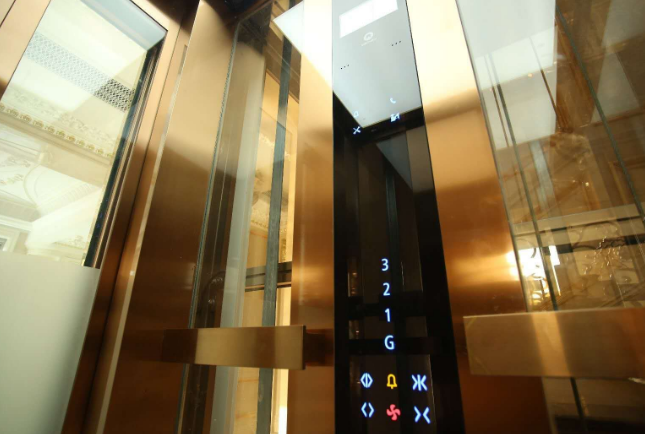Most people do not have a very clear understanding of the difference between domestic elevators and commercial elevators, and many people even think that domestic elevators only need to reduce the size of commercial elevators. In fact, this is not the case. The focus of domestic elevator technology is extremely different from that of residential cargo lift. Today we will talk about the differences in specific aspects.
1. The target groups are different.
A private domestic elevator is a type of elevator for private use, while a commercial elevator is a shared elevator.
2, the load of the elevator is not the same.
Commercial elevators typically need to carry a lot of people at the same time, therefore the load is relatively large; the carrying weight of the domestic elevator is selected according to the number of family members, but compared with the commercial elevator carrying weight difference.
 3. The speed of the two elevators is not the same.
3. The speed of the two elevators is not the same.
Household elevator lifting speed is typically 0.3-0.4m/s, stable operation; commercial elevators are divided into residential elevators, office elevators, freight elevators and elevator towers. The speed is low speed residential ladder (1.0m/s 1.5m/s 1.75m/s), steep speed writing stairs (2.0m/s 2.5m/s 3.0m/s 3.5m/s 4.0m/s), freight ladder (0.25m/s 0.5m/s 0.63m/s 1.0m/s) and super high speed ladder (7.0m/s up).
4, the elevator floor height is not the same
The lift load of private villas should not exceed 400kg and the lifting height should not exceed 15m. The commercial elevator does not have these restrictions compared to the private family villa elevator.
5, elevator maintenance and annual inspection requirements are not the same.
Private villa household elevator maintenance and annual inspection are according to the provisions of the villa elevator manufacturer for annual inspection and maintenance; the commercial elevator has a set of strict and unified maintenance and annual inspection standards.